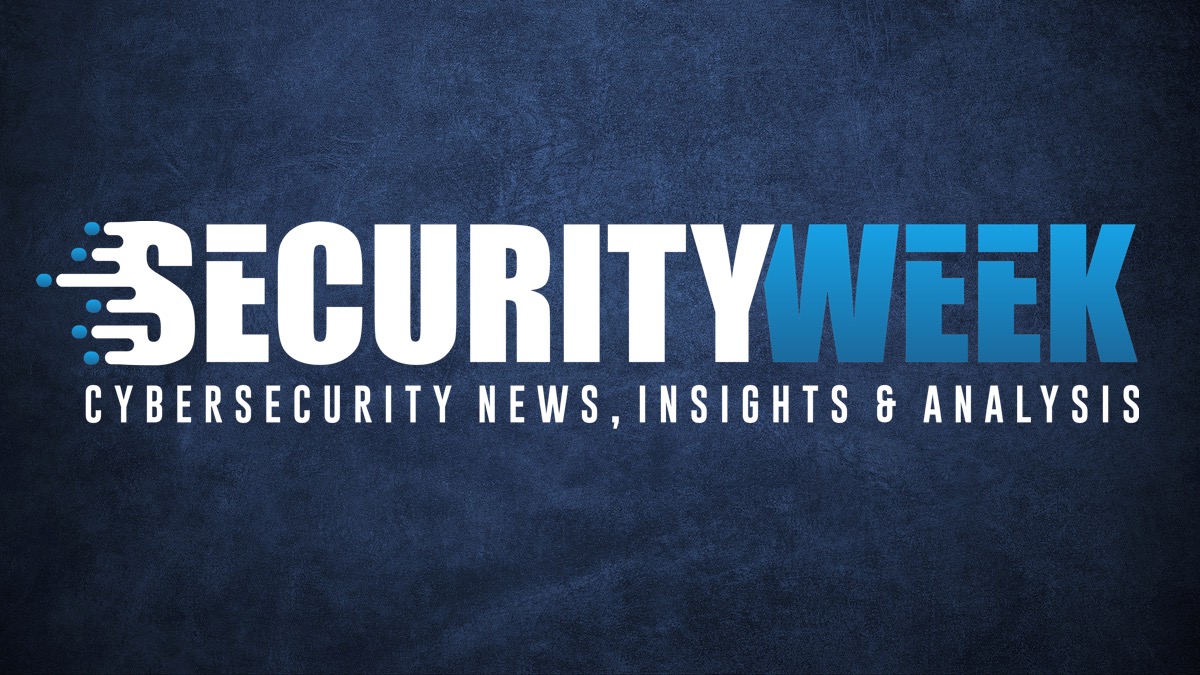- Cyber Security Automation and Orchestration
- Posts
- LEAD - Threat Intel Framework
LEAD - Threat Intel Framework
Mastering Cyber Threats with Hyperautomation Techniques
Introduction
It's a common misconception that Threat Intelligence (TI) is exclusively beneficial for Security Operations (SecOps) teams. This limited view significantly underestimates TI's applicability across various organizational functions, including software development, product feature planning, fraud prevention, and secure software development practices. By transcending the traditional boundaries of Threat Intelligence Platforms (TIP) and SOAR platforms, hyperautomation emerges as a vital catalyst for extending TI's influence within organizations.
The LEAD Framework and its Role in TI
It's been over three years since I introduced the LEAD framework, which emphasizes Relevance, Efficiency, Analyst-Driven processes, and Deliverability. This framework provides a structured approach to handling TI. The LEAD threat intelligence framework, designed to help security professionals decipher the vast amounts of threat intelligence data collected daily, aims to enhance the detection and remediation of critical threats. Rooted in a unique maturity model that melds machine learning, automation, and security orchestration, the LEAD framework deploys a four-step process to deliver actionable and pertinent threat intelligence, thus safeguarding our infrastructure and data.
Incorporating hyperautomation, which leverages technologies like AI, Machine Learning, and RPA, adds a new layer of sophistication to the Efficiency aspect of the framework. This enhancement facilitates a more nuanced and rapid processing of TI, ensuring that intelligence is not only swift but also analytically profound and relevant to the current cyber threat landscape.

Media coverage:
Guide for Automating Threat Intelligence
Automating Threat Intel Write-ups
Keyword Identification: This involves selecting keywords that are highly relevant to your specific threat landscape, a crucial first step to ensure targeted and relevant automated content scraping.
Content Scraping Automation: AI and NLP technologies are utilised to efficiently scrape content, ensuring that data collection is standardised - a cornerstone for effective automation.
Initial Report Generation: Using AI, the system summaries and structures the scraped content into preliminary TI reports. The focus is on maintaining data quality and relevance, as determined by the LEAD framework's efficiency principles.
Analyst Review and Refinement: Analysts play a critical role in reviewing and refining these automated reports. Their expertise ensures that the output aligns with the efficiency goals of the LEAD framework, making the intelligence both actionable and relevant.
Automating Threat Intel Indicators Processing:
Feed Setup and Structure: This involves establishing TI feeds (both internal and external) and structuring the data for efficient processing, as per the LEAD framework's guidelines.
Indicator Enrichment and Scoring: Detail the process of enriching indicators and applying the LEAD scoring matrix, which includes evaluating Indicator Type and TI Source or Feed, to categorise the data effectively.
Feedback Loop Integration: Emphasise the importance of a feedback mechanism for continuous improvement, ensuring the TI data remains dynamic and self-tuning, a key aspect of the LEAD framework's efficiency


Conclusion
Integrating security automation within the LEAD framework elevates TI from a SecOps-centric tool to a strategic asset across the entire organisation. This approach not only augments the agility and depth of cybersecurity measures but also equips organisations to adeptly confront complex and evolving cyber threats with a strategy that is both resilient and adaptable.

Reply